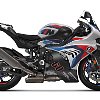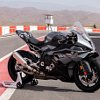With its new Superbike World Championship success still fresh, BMW has unveiled updates to its flagship four-cylinder M and S sport and roadster models for 2025.
The M 1000 RR, the basis for BMW's Superbike racing efforts in both the world championship and in national series, gets some engine tweaks for 2025, primarily to comply with Euro5+ emissions regulations. Since claimed peak horsepower in the U.S.-spec model remains at 205, and the internal changes such as the revised combustion chamber and valve shapes are things most owners will never see, the more obvious changes are on the outside. Like new winglets.
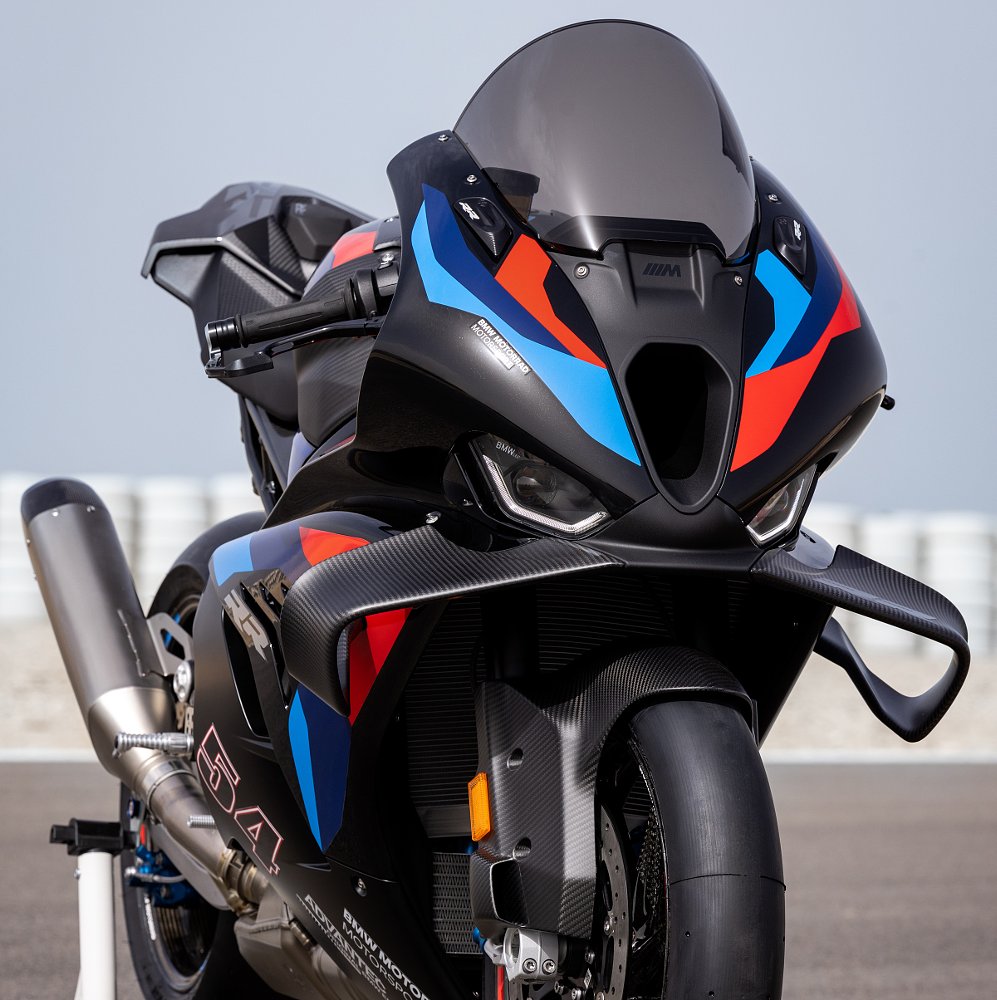
BMW aimed to improve the aerodynamics of the M 1000 RR with a new plastic front fairing and windscreen and larger carbon fiber winglets that BMW says provide even more downforce. The greater downforce is intended to reduce the tendency of the motorcycle to wheelie and to provide more confidence in front tire grip, allowing faster cornering. BMW says the revised wings increase downforce to 16.8 pounds, up from 12.6 pounds on the 2024 model, at 93 miles per hour, and make a difference of 16.3 pounds at 186 mph, should you find a place where you can reach that speed. BMW says the greater downforce does not reduce top speed.
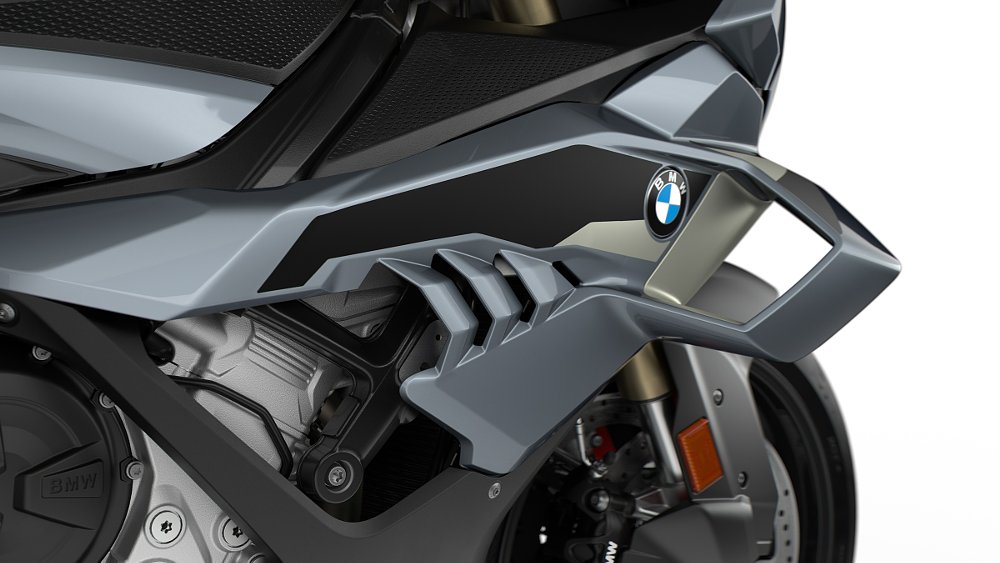
By the way, while the wings clearly say 2025, the new fairing's asymmetrical design is meant to harken back to the first-generation M 1000 RR from 2009.
A change to all four 1000 cc models that every rider is more likely to feel than the effects of the revised wings is the incorporation of what BMW calls the M Quick-Action Throttle, which reduces the range of rotation from the previous 72 degrees to 58 degrees. The intention is to provide better throttle modulation, particularly at the track where the rider may be tucked in.
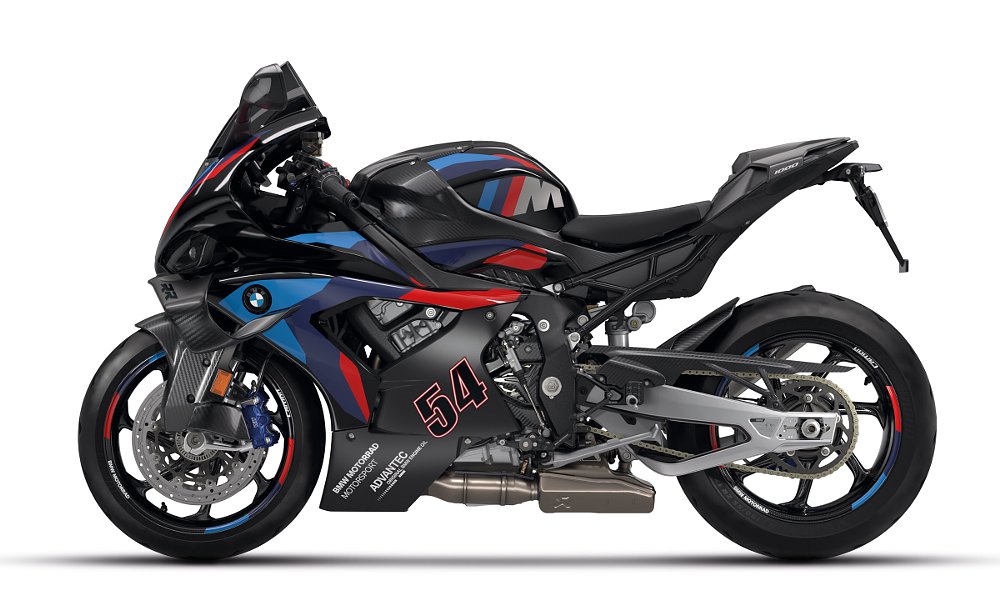
A new feature added to the M 1000 RR's electronic rider aids is the Brake Slide Assist function, which incorporates a steering angle sensor and uses the ABS to help a rider control rear slides. It's intended for track riding, but I somehow expect this feature to get a test in a future episode of Daily Rider, where Zack never fails to test a motorcycle's ability to "back it in." There's also a new Slick setting among the riding modes for when the rider is using slick race tires on the track.
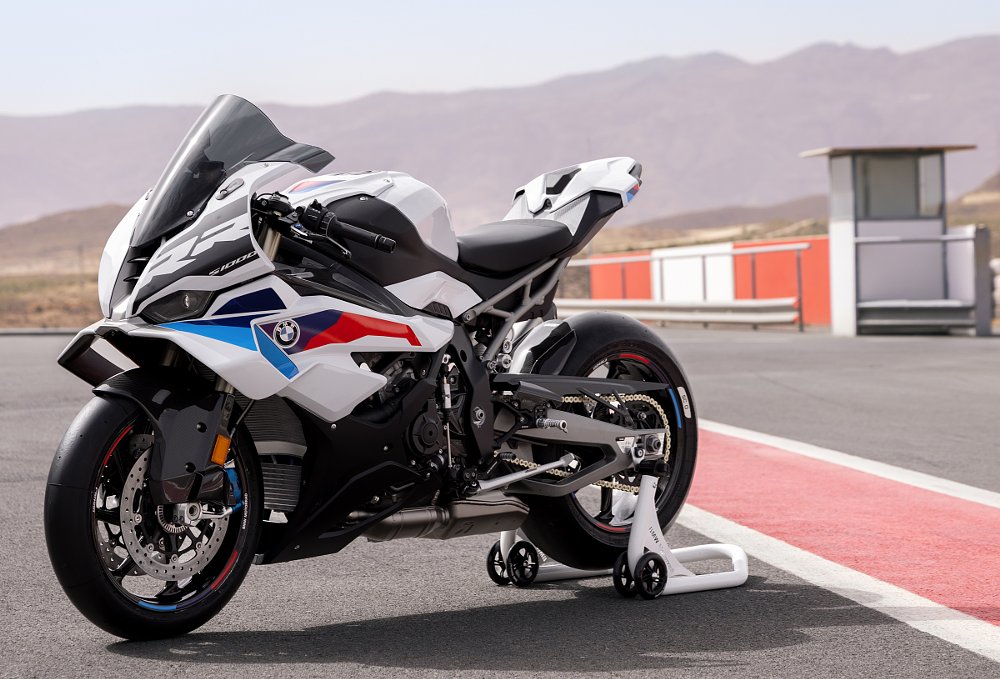
Other Ms and Ss
Slotting in below the flagship M 1000 RR are the S 1000 RR sport bike and the M and S Roadsters, or R versions. All of them get the new 58-degree throttle and BMW sprinkled some other improvements down the line, too.
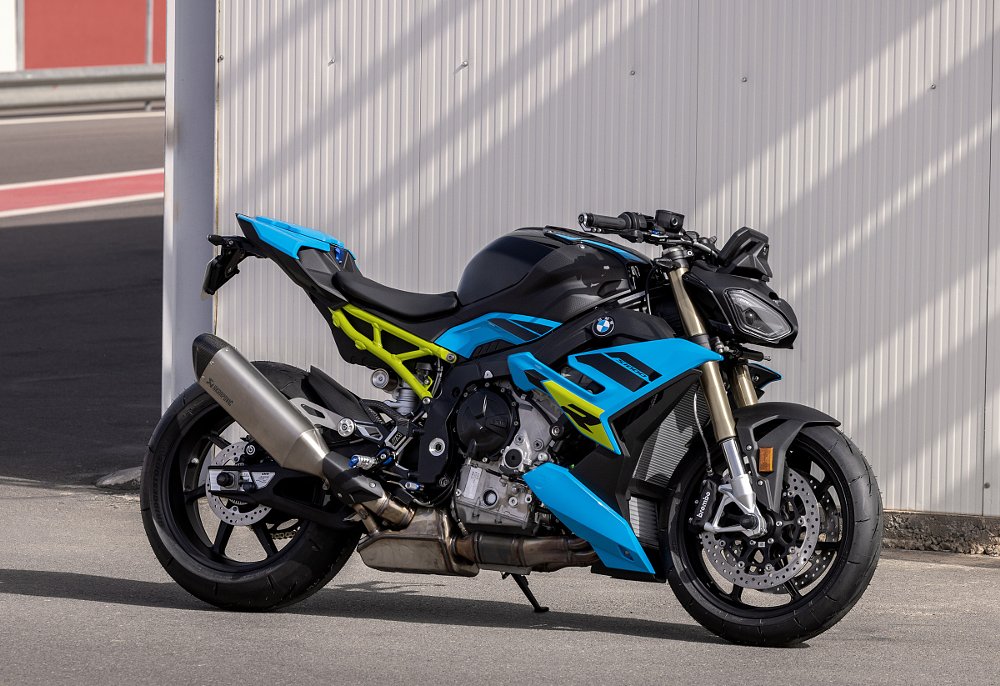
The S 1000 RR also gets a new fairing, including the new front fender with integrated brake ducts, as well as new wings. The winglets on the S model don't provide as much downforce as the M model's, but they do push the bike into the pavement more than last year's winglets.
In addition, some electronic features that were previously options on the S 1000 RR are now standard. Specifically, three Race Pro riding modes that were optional are now included along with the Rain, Road, Dynamic, and Race modes from last year. The Race Pro riding modes give the rider the ability to fine-tune throttle response, wheelie control, traction control, engine braking, and ABS levels for more customized response.
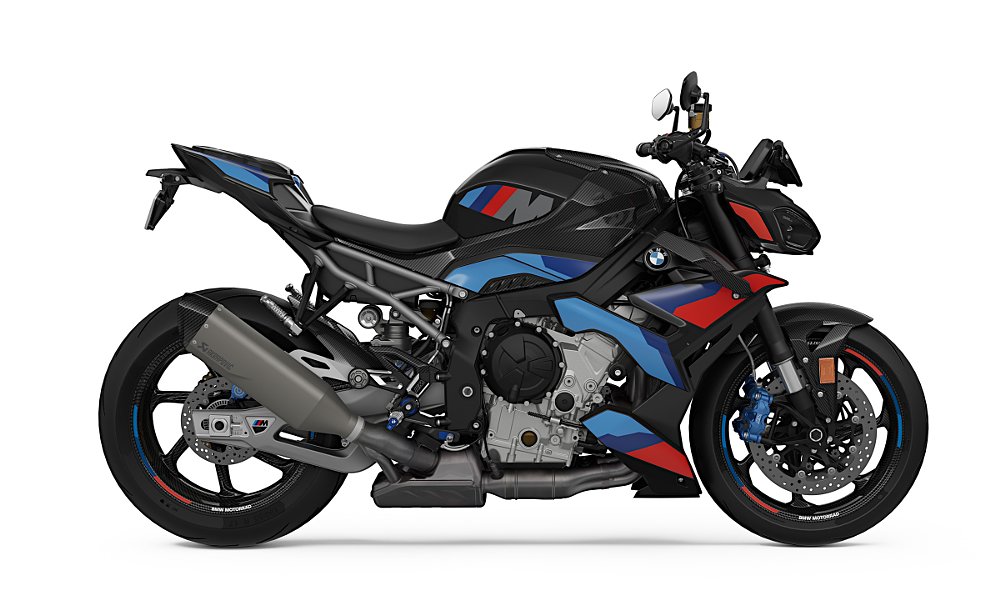
While the other three models stand pat at 205 peak horsepower, the S 1000 R roadster model gets a five-horsepower boost to 170. Another new feature on the single-R is Drag Torque Control, which works to reduce the possibility of rear-wheel lockup on a downshift or when the throttle is closed quickly.
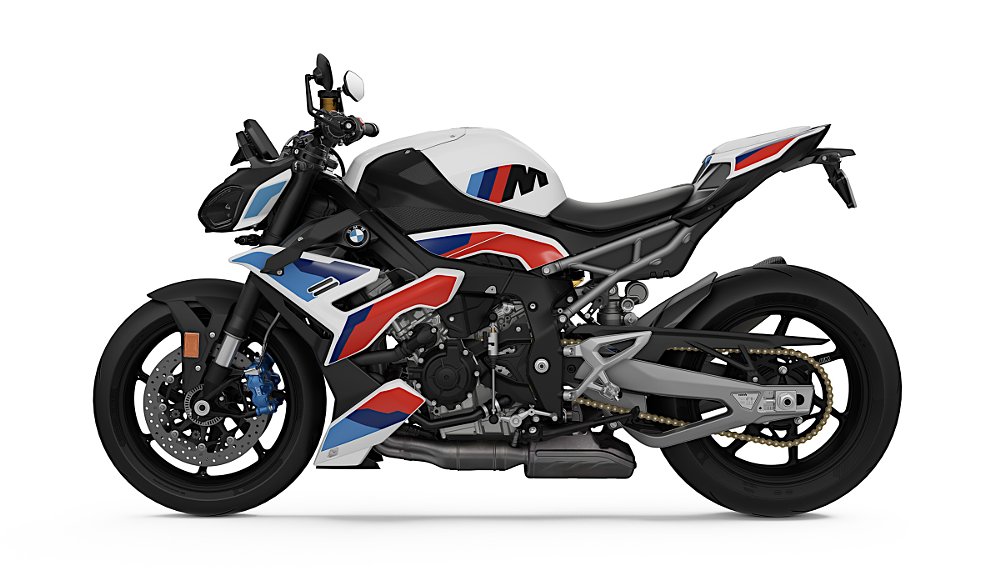
All four models come with optional packages that include everything from carbon fiber bits to special paint to features like heated grips, tire pressure monitors, cruise control, and more.
BMW hasn't yet released prices for its liter bikes or the performance packages. Prices will be announced closer to the time the motorcycles arrive in dealerships in the second quarter of 2025, according to BMW.
| 2025 BMW M 1000 RR | 2025 BMW M 1000 R | |
|---|---|---|
| Price (MSRP) | TBA | |
| Engine | 999 cc, liquid-cooled, 16-valve, inline four-cylinder | |
|
Transmission, final drive |
Six-speed, chain | |
| Claimed horsepower | 205 @ 13,000 rpm | |
| Claimed torque | 83 foot-pounds @ 11,000 rpm | |
| Frame | Aluminum bridge-type frame | |
| Front suspension | 45 mm inverted fork, electronically adjustable for preload, rebound and compression damping; 4.7 inches of travel | |
| Rear suspension | Single shock electronically adjustable for preload, rebound and compression damping; 4.6 inches of travel | |
| Front brake | Dual four-piston calipers, 320 mm discs with ABS | |
| Rear brake | Two-piston caliper, 220 mm disc with ABS | |
| Rake, trail | 24.0 degrees, 4.0 inches | 24.2 degrees, 3.8 inches |
| Wheelbase | 57.4 inches | 57.3 inches |
| Seat height | 34.0 inches | 32.7 inches |
| Fuel capacity | 4.35 gallons | |
| Tires | 120/70ZR17 front, 200/55ZR17 rear | |
| Claimed weight | 427.7 pounds wet | 438.7 pounds wet |
| Available | Q2 2025 | |
| Warranty | 36 months or 36,000 miles | |
| More info | bmwmotorcycles.com | bmwmotorcycles.com |
| 2025 BMW S 1000 RR | 2025 BMW S 1000 R | |
|---|---|---|
| Price (MSRP) | TBA | |
| Engine | 999 cc, liquid-cooled, 16-valve, inline four-cylinder | |
|
Transmission, final drive |
Six-speed, chain | |
| Claimed horsepower | 205 @ 13,000 rpm | 170 @ 11,000 rpm |
| Claimed torque | 83 foot-pounds @ 11,000 rpm | 84 foot-pounds @ 9,250 rpm |
| Frame | Aluminum bridge-type frame | |
| Front suspension | 45 mm inverted fork, adjustable for preload, rebound and compression damping; 4.7 inches of travel | |
| Rear suspension | Single shock adjustable for preload, rebound and compression damping; 4.6 inches of travel | |
| Front brake | Dual four-piston calipers, 320 mm discs with ABS | |
| Rear brake | Two-piston caliper, 220 mm disc with ABS | |
| Rake, trail | 23.8 degrees, 4.0 inches | 24.2 degrees, 3.8 inches |
| Wheelbase | 57.3 inches | |
| Seat height | 32.8 inches | 31.9 inches |
| Fuel capacity | 4.35 gallons | |
| Tires | 120/70ZR17 front, 200/55ZR17 rear | |
| Claimed weight | 436 pounds wet | 438.7 pounds |
| Available | Q2 2025 | |
| Warranty | 36 months or 36,000 miles | |
| More info | bmwmotorcycles.com | bmwmotorcycles.com |





